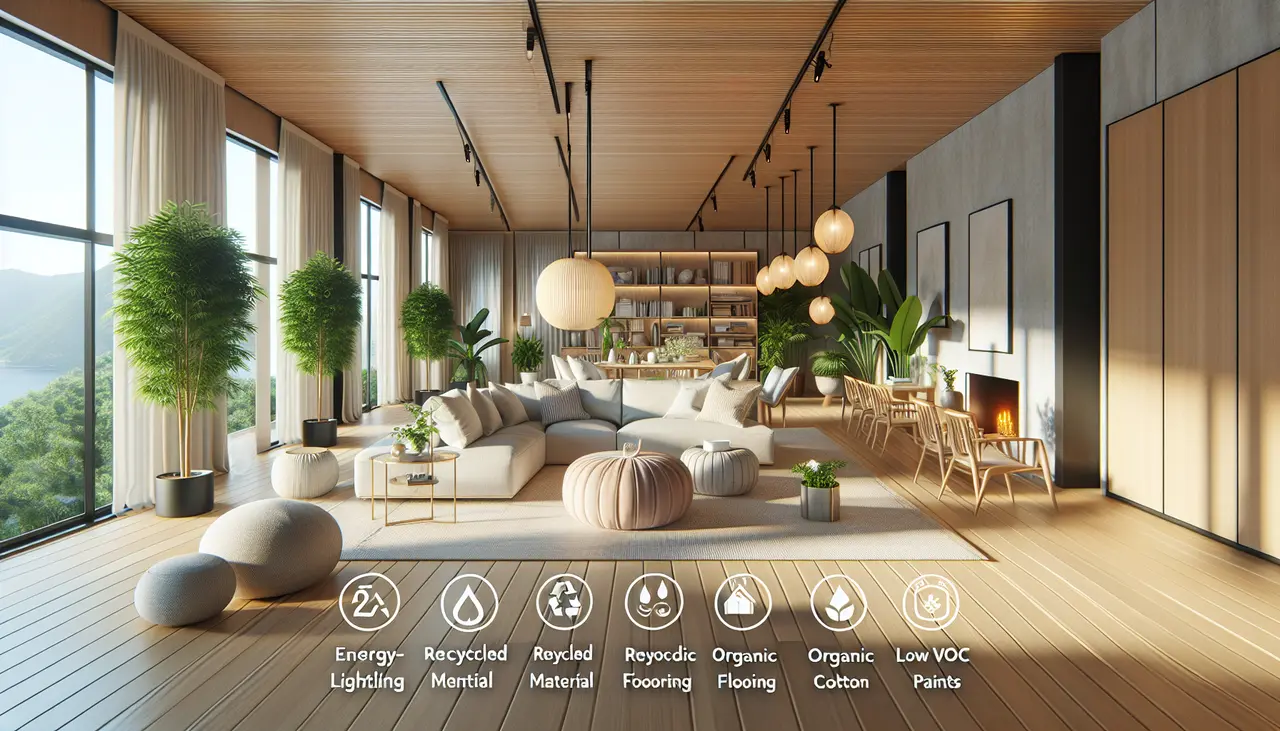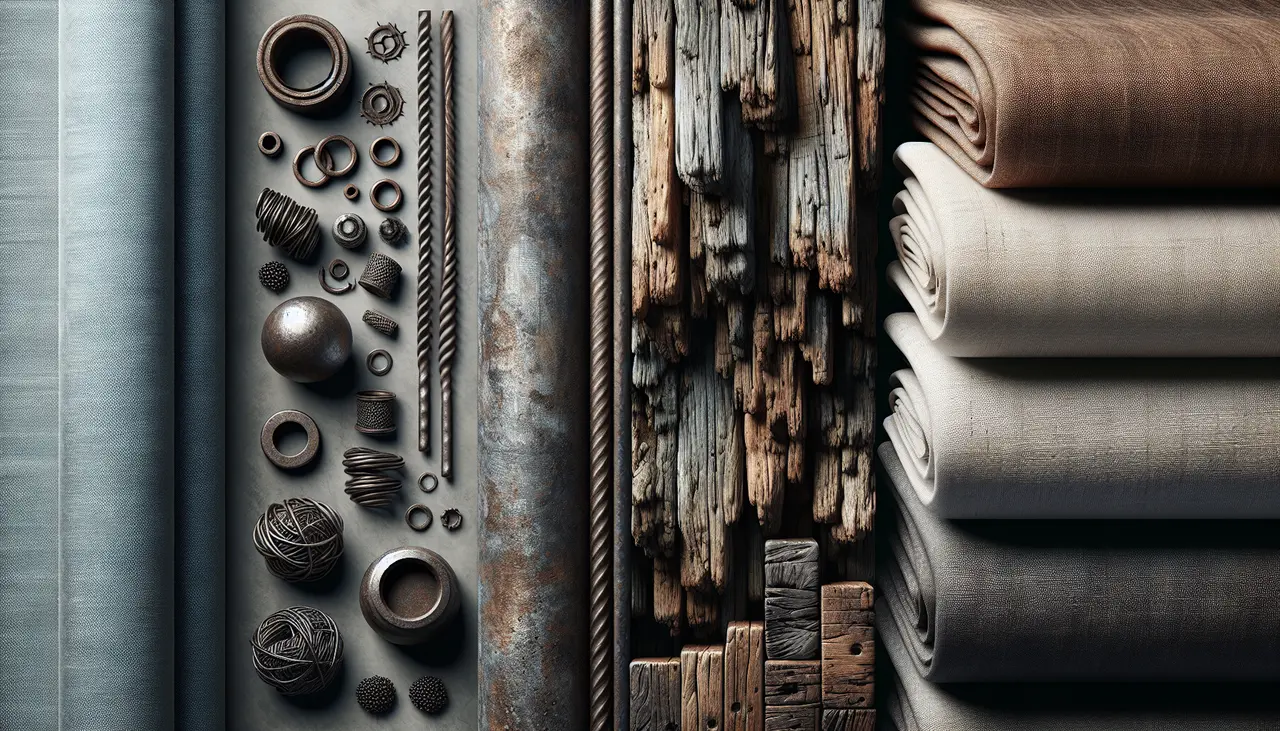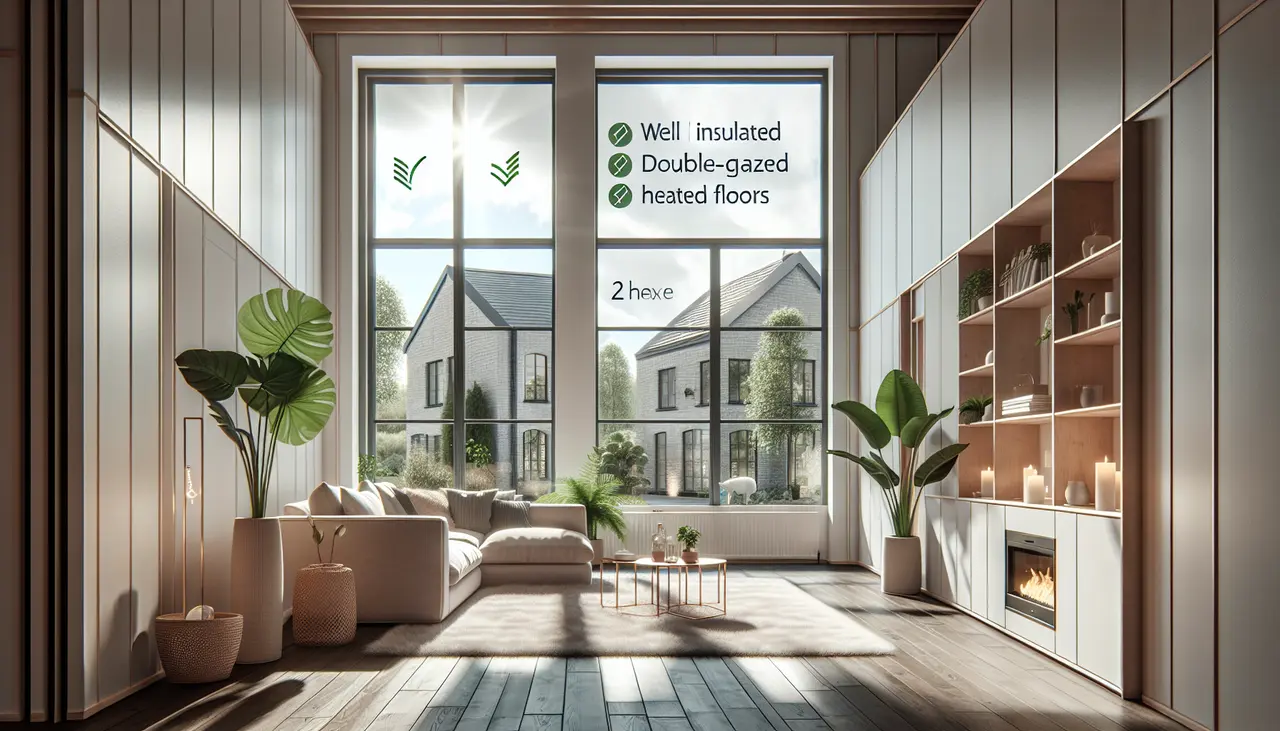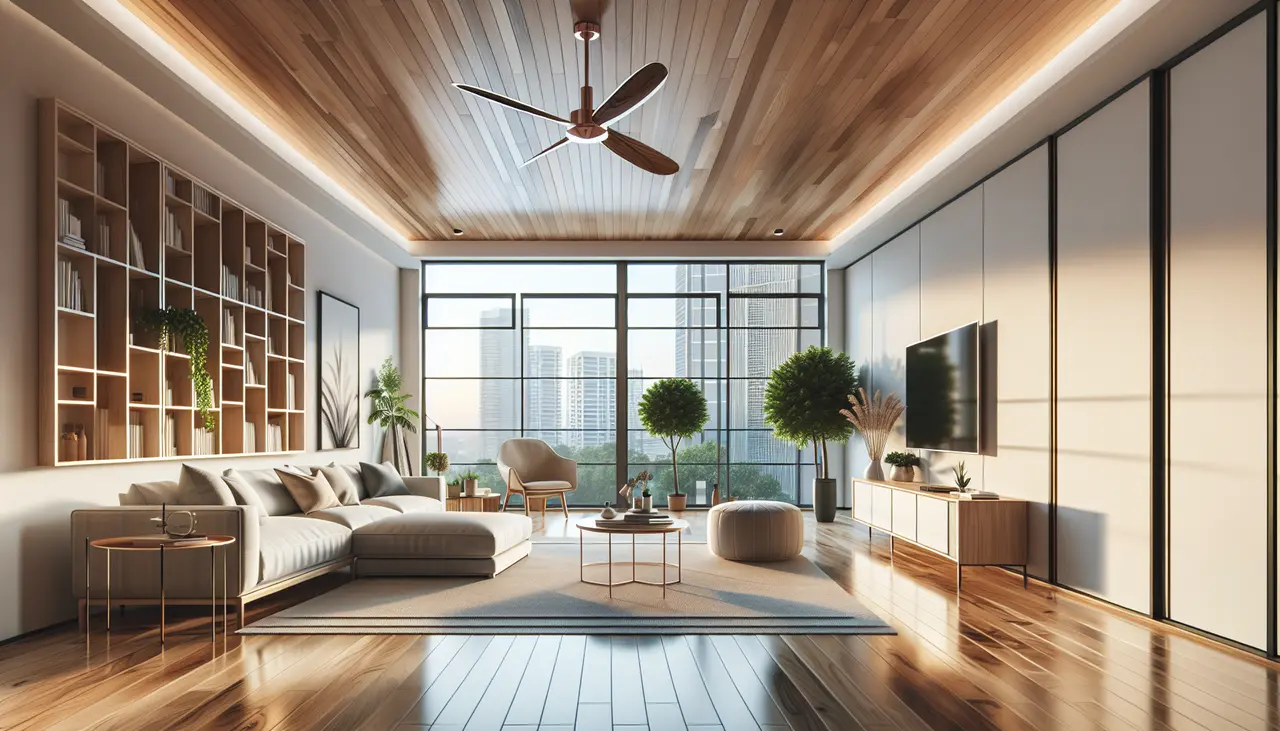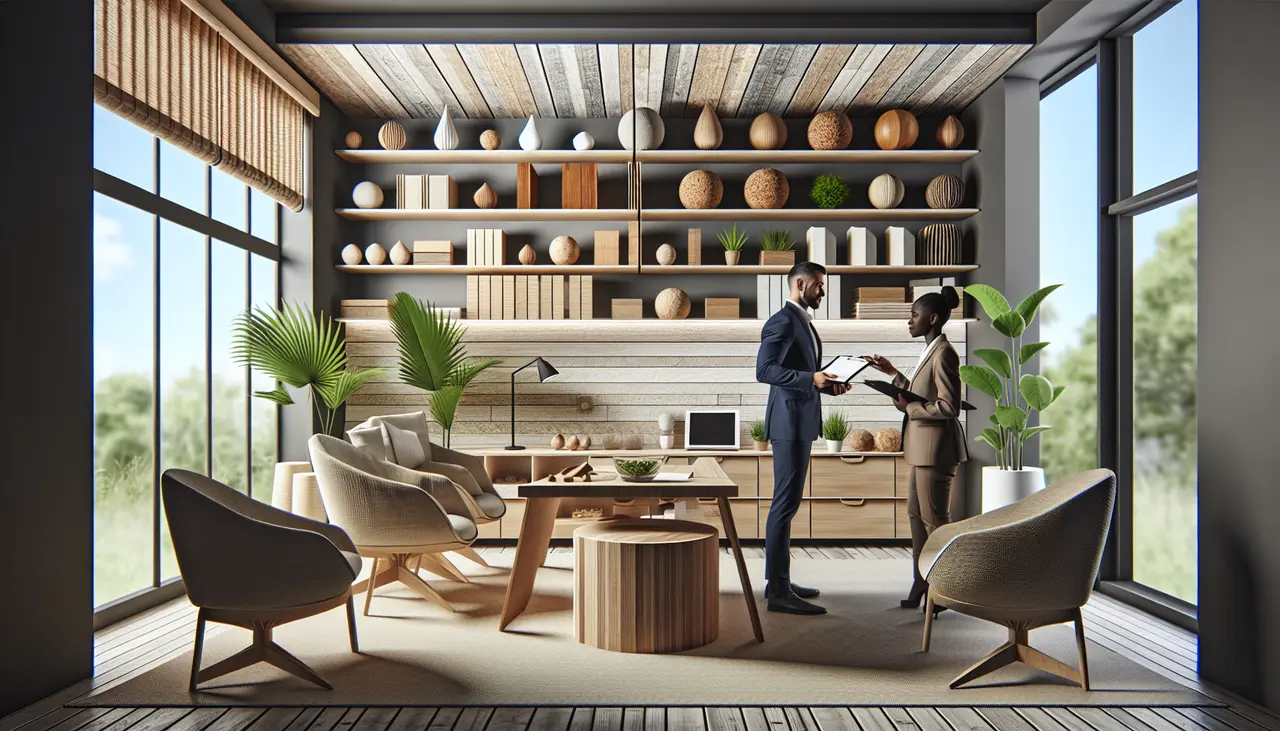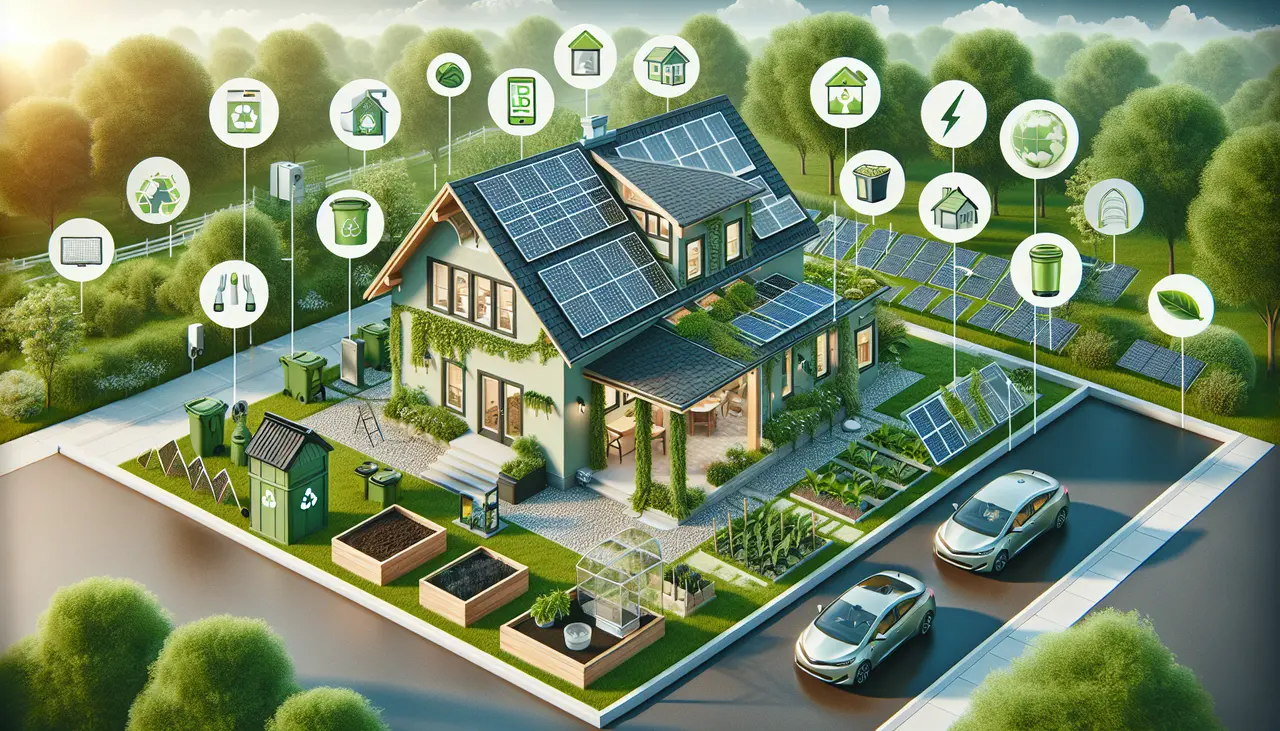With growing awareness of environmental issues, many are curious about how top interior design firms integrate sustainable practices into their projects. In this FAQ, we’ll explore the most common strategies these firms use to ensure that their designs are not only beautiful but also kind to our planet.
Why Is Sustainability Important in Interior Design?
Sustainability in interior design is crucial to minimize environmental impact, reduce waste, and create healthier living environments. It’s about making choices that are good for both people and the planet.
The design industry is increasingly aware of its role in combating climate change. Sustainable practices in interior design not only help conserve resources but also promote healthier lifestyles by reducing exposure to harmful substances and improving indoor air quality. By prioritizing eco-friendly materials and processes, top interior design firms can drastically reduce the carbon footprint associated with construction and remodeling TRIO’s Sustainability Giants List.
Furthermore, the push for sustainability is driven by consumer demand as more clients seek environmentally conscious solutions. Incorporating sustainable practices also aligns with regulatory requirements and offers cost-saving opportunities by utilizing resources more efficiently.
What Materials Do Top Firms Prefer for Sustainability?
Top firms often choose materials like reclaimed wood, recycled metal, and sustainably sourced fabrics. These materials not only reduce environmental impact but also add unique character and style to spaces.
The choice of sustainable materials is a reflection of a designer’s commitment to the environment. For example, using bamboo, a rapidly renewable resource, in flooring and furniture provides durability and aesthetic appeal without depleting slow-growth forests. Recycled glass and metal are also popular choices, offering strength and a modern look while preserving natural resources. These materials contribute to longevity and aesthetic appeal, ensuring that the design endure over time.
Firms engaged in sustainable design frequently research new materials and technologies. For instance, the utilization of low-energy manufacturing processes and materials that capture carbon during production is becoming more widespread.
How Do Designers Incorporate Energy Efficiency?
Designers focus on energy-efficient appliances, LED lighting, and smart home systems to reduce energy consumption. They also consider natural lighting and insulation to enhance energy efficiency.
Energy efficiency is a cornerstone of sustainable design. By incorporating advanced smart home technologies, interior designers can provide clients with ways to monitor and reduce energy consumption. LED lighting systems and smart thermostats help manage energy usage without sacrificing comfort or style.
Additionally, proper orientation and use of windows and skylights maximizes natural light, reducing reliance on artificial lighting during daytime. This not only conserves energy but also enhances the aesthetics of the space, providing a brighter, more welcoming atmosphere.
What Role Does Indoor Air Quality Play?
Ensuring good indoor air quality is essential. Top firms use low-VOC paints and finishes, and integrate air purifying plants, to maintain healthy, breathable air within the home.
One of the often-overlooked aspects of sustainable design is its impact on indoor air quality. High-quality indoor air can significantly improve health outcomes for occupants, reducing the risk of respiratory problems and improving overall well-being. Thus, designers prioritize materials that minimize the emission of volatile organic compounds (VOCs) and other harmful substances.
Plants are increasingly used as functional design elements. They not only enhance aesthetic appeal but also act as natural air purifiers, reducing pollutants and increasing oxygen levels indoors.
How Can Clients Influence Sustainable Design Choices?
Clients can work closely with designers to prioritize sustainability, from selecting eco-friendly materials to incorporating recycled or upcycled pieces. Open communication about values and preferences can lead to more sustainable choices.
Clients are a critical force in driving sustainability in design. By communicating a desire for eco-friendly options, they encourage designers to propose solutions that would have the least environmental impact. Clients can also request design plans that make use of local materials and labor, further minimizing the carbon footprint.
For clients willing to be hands-on, participating in the sourcing of materials or visiting manufacturing sites can provide a vivid understanding of the environmental impact of specific design choices. Collaborative engagements like these not only create personalized and unique spaces but also build a profound connection between the client and their living or workspace.
Embracing Green Practices for a Sustainable Future
By adopting these sustainable practices, top interior design firms are leading the way in creating homes and spaces that are both stylish and eco-friendly. By understanding and embracing these strategies, we can all contribute to a healthier planet.

